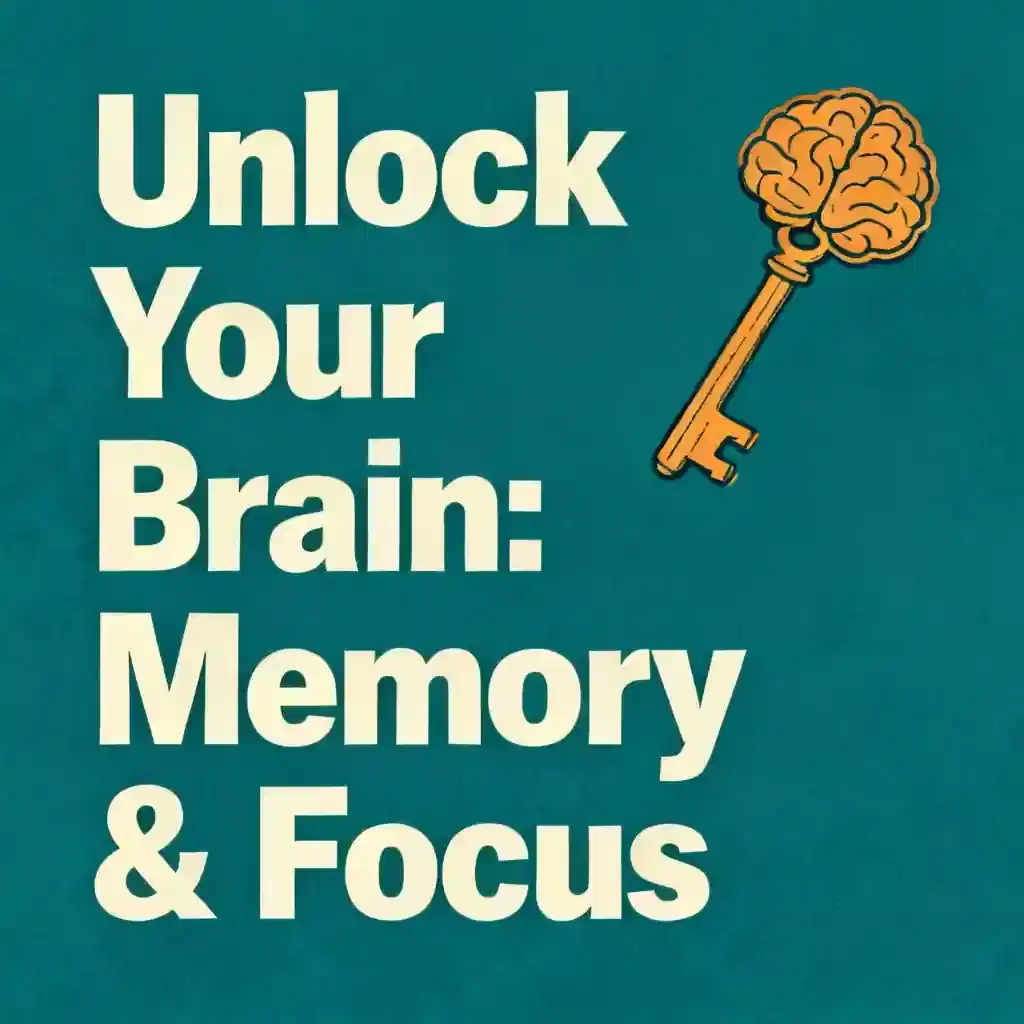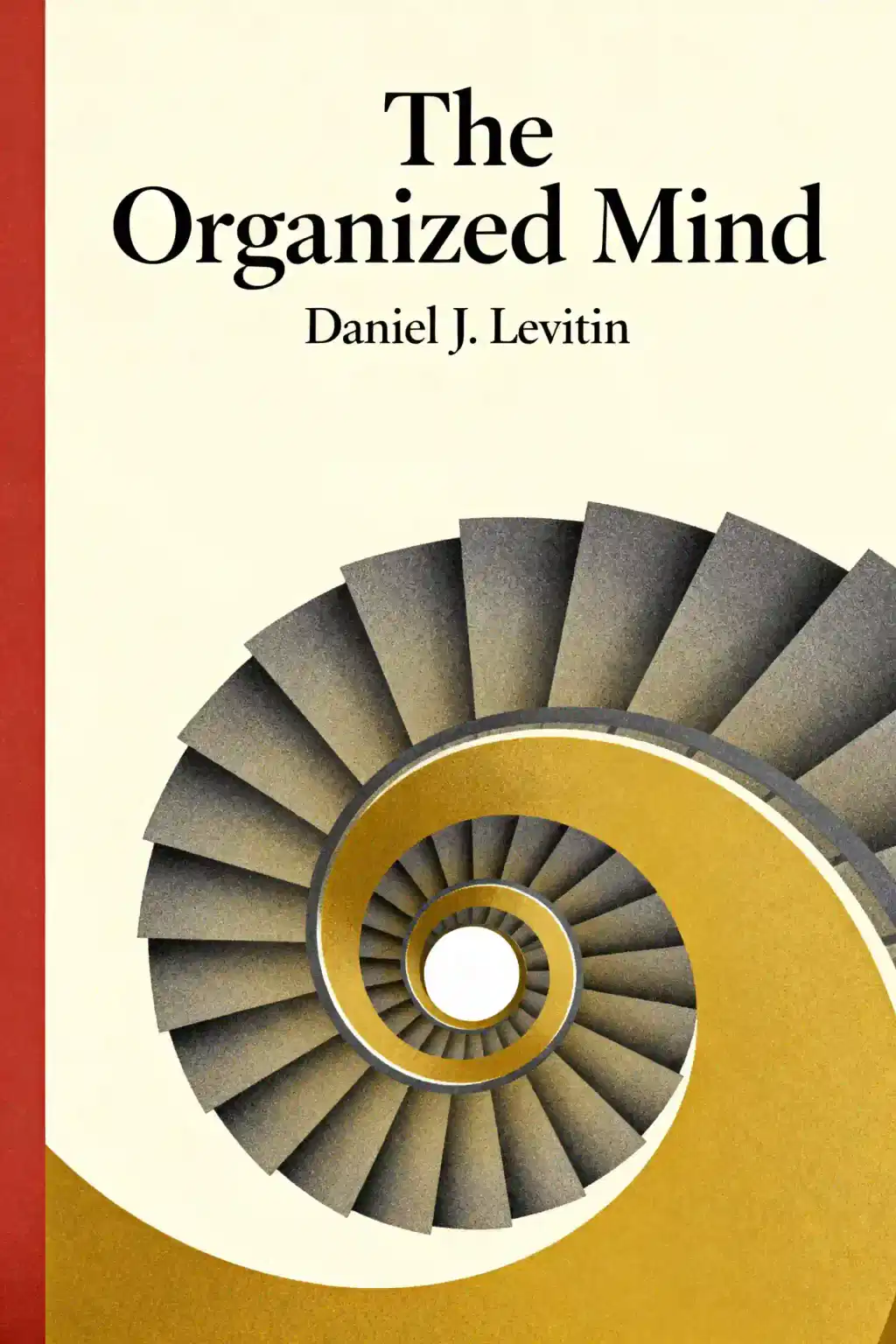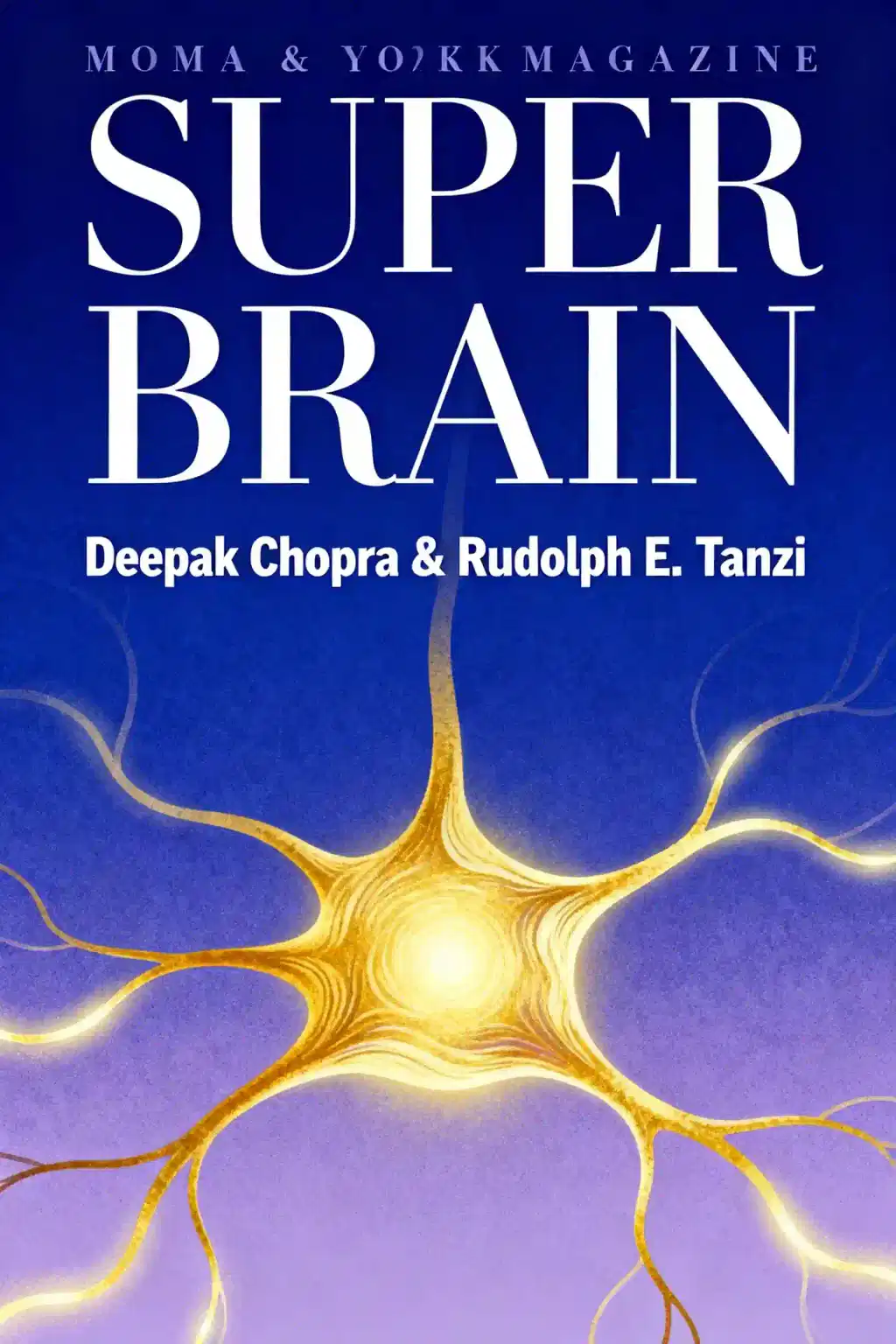What is
Brain Rules by John Medina about?
Brain Rules by John Medina explores 12 neuroscience-backed principles for optimizing brain health, learning, and productivity. It covers topics like exercise’s impact on cognition, the dangers of multitasking, sleep’s role in memory retention, and stress’s effect on performance. Medina blends humor and scientific insights to explain how understanding brain function can improve education, workplaces, and daily habits.
Who should read
Brain Rules?
This book is ideal for educators, parents, business leaders, and anyone interested in neuroscience. Medina’s practical advice on enhancing focus, reducing stress, and improving learning makes it valuable for professionals optimizing team productivity, parents raising children, or individuals seeking brain-healthy lifestyles.
What are the key takeaways from
Brain Rules?
Key lessons include:
- Exercise boosts brain function by enhancing memory and problem-solving.
- Multitasking is a myth; the brain switches tasks inefficiently.
- Sleep is critical for cognitive performance and emotional regulation.
- Stress damages the hippocampus, impairing learning.
How does John Medina suggest improving presentations?
Medina advocates the “10-minute rule”: Capture attention with emotionally engaging “hooks” every 10 minutes. He tested this method in lectures, finding sustained engagement when reintroducing hooks midway, even if skipped later. This approach aligns with the brain’s preference for novelty.
What does
Brain Rules say about memory?
Repetition and emotional salience strengthen memory. Medina highlights that neurons rewire with new learning, and stress or sleep deprivation disrupts this process. Techniques like spaced repetition and linking information to emotions enhance retention.
Does
Brain Rules address gender differences in the brain?
Yes, Medina debunks myths while acknowledging subtle differences. For example, men and women process emotions differently due to variations in amygdala and prefrontal cortex activity. However, he emphasizes individual variability over broad generalizations.
How can
Brain Rules help in the workplace?
Medina recommends:
- Designing offices with natural light and movement-friendly spaces.
- Breaking tasks into 10-minute segments to maintain focus.
- Reducing stress through mindful practices to protect cognitive function.
What is the “10-minute rule” for attention?
The brain’s attention span drops after 10 minutes. Medina suggests resetting engagement with stories, humor, or provocative questions at each interval. This method, proven in his teaching, helps audiences retain focus during lectures or meetings.
How does
Brain Rules apply to aging well?
Medina’s later work, Brain Rules for Aging Well, extends concepts from the original book. He emphasizes lifelong learning, social connections, and physical activity to maintain cognitive sharpness. Simple habits like prioritizing sleep and managing stress slow age-related decline.
What makes
Brain Rules unique compared to other neuroscience books?
Medina combines peer-reviewed research with relatable anecdotes (e.g., Michael Jordan’s baseball struggles). His focus on actionable advice—like office redesigns or classroom techniques—distinguishes it from purely theoretical texts.
Can
Brain Rules help improve academic performance?
Yes. Strategies include:
- Incorporating physical activity into school days.
- Teaching in 10-minute chunks with emotional hooks.
- Prioritizing sleep to enhance memory consolidation. Medina argues schools often ignore these science-backed methods.
What criticism has
Brain Rules received?
Some critics note Medina’s generalizations from lab studies to real-world applications. Others argue his 10-minute rule oversimplifies attention spans. However, most praise his ability to make complex neuroscience accessible and actionable.



















